Why are bees important? They pollinate up to 80% of plants! The benefits of honey bees are even greater, as beekeepers will know best. How much honey can a beehive produce in a year? What else should you know about honey production and how to start a honey business?

Why are bees important? They pollinate up to 80% of plants! The benefits of honey bees are even greater, as beekeepers will know best. How much honey can a beehive produce in a year? What else should you know about honey production and how to start a honey business?
- Honey production – what should you know about bees?
- Honey production – a year in the hive
- Types of apiaries and the amount of honey from one hive
- How many litres of honey from one hive – honey yield
- Necessary tools for honey production
- What makes an apiary profitable?
- Honey production as a business opportunity – summary
Honey production – what should you know about bees?
A honey bee’s life cycle is pretty short – and it’s full of hard work and endless chores to produce honey, and not only. So what does a bee’s life look like? After pupating in spring, the bee immediately gets down to work – the first three days of its life are spent organising the cells so that the queen bee can redden them.
In the following days it acts as a feeder – first it takes care of the older larvae, and then the younger ones. On the ninth day of its life it becomes a honey bee, then transforms nectar into honey, and then becomes a beehive guard. After going through all these stages, it is finally ready to collect nectar and bring it to its colony – the bee is able to perform this task for approx. 2 weeks before dying, usually outside the hive.
Bees born in August or September are more fortunate, because their job is to take care of the next generation of bees that will not appear in the hive until spring – so their lives last from six to even nine months. The queen bee, on the other hand, reigns for three to five years.
Honey production – a year in the hive
Honey production by bees is closely connected to the seasons of the year. During the winter the size of the bee colony decreases in order for the reserves accumulated in the hive to be sufficient for survival and maintain a high enough temperature to keep the queen bee fertile to reproduce in the spring. With longer days and easier access to food, the queen bee begins reddening more intensively, and the workers are already producing honey – in good weather, the first honey harvesting in apiaries takes place in May!
In spring and summer the bees gather nectar and honeydew and turn them into honey. At the same time the queen bee ensures that the colony can develop. For bees, the first sign of winter approaching are the shorter days, and so the queen lowers the reddening intensity already at the beginning of July, although honey production continues throughout the flowering period of melliferous plants.
Types of apiaries and the amount of honey from one hive
Are you wondering how to become a farmer and get the most out of your land? A business opportunity could be setting up an apiary, although the profits will largely depend on what type of apiary you choose.
Permanent apiaries shouldn’t be large, for one very simple reason. Bees fly to a distance of approx. 1 mile from the hive and use a limited numbers of honey plants found in the area. This involves some risk in terms of how much honey can be obtained from one hive per season. In the case of frost in spring, which can destroy the flowers on acacia trees, the whole season of honey production in the acacia area may be lost. However, permanent apiaries are still often chosen by people for whom the production of honey is only a form of additional income, e.g. on top of running a fruit orchard or a poultry farm.
A single beehive from a nomadic apiary will give much more honey than in the case of a stationary apiary. Mobile hives should be moved to different areas, depending on the blossoming season of the various plants – rapeseed, acacia, lime, buckwheat or heather. With appropriate planning, you can produce different types of honey in a single season and even several times more honey compared to permanent apiaries.
How many litres of honey from one hive – honey yield
It is hard to say exactly how much honey you can get from one hive. This depends not only on the type of apiary, but also on weather factors that can significantly reduce honey production by bees. However, on average approx. 25kg of honey can be produced per year in one beehive. In the case of nomadic apiaries and good years for beekeepers, this amount could easily rise to as much as 40-45kg, while in years with unfavourable conditions the amount could drop so much that it would be difficult to obtain 10 or 15kg
Necessary tools for honey production
If you plan to run an apiary on your own, you should equip yourself with the necessary farming equipment.
What makes an apiary profitable?
If you want to turn running an apiary into your day job, make sure that you can provide bees with conditions for effective honey production:
- proximity to appropriate plants,
- the distance between the apiary and the bee’s food supply – the smaller the better, because although a bee can draw nectar from plants that are over a mile away from the hive, it will make more flights if it has flowers in the immediate vicinity,
- honey and pollen efficiency of chosen plants – it is worth taking this into account when estimating your profits.
The number of bee colonies you choose will also determine your earnings. To make a living from honey production, you should have approx. 100-150 or more.
Honey production as a business opportunity – summary
You now know how much honey can be produced from one hive and what conditions should be met to make honey production as efficient as possible. Nomadic apiaries are the most profitable, not only because bees are able to produce more honey, but also because it is easier to obtain single-origin honey instead of multi-flower honey. These, in turn, have a greater market value. Whether your aim is to create a profitable business or produce honey as a hobby, setting up an apiary can be a great idea, even if only a permanent one, as the bees that live there are essential for the pollination of plants and therefore vegetables or fruit that are a part of our daily diet.

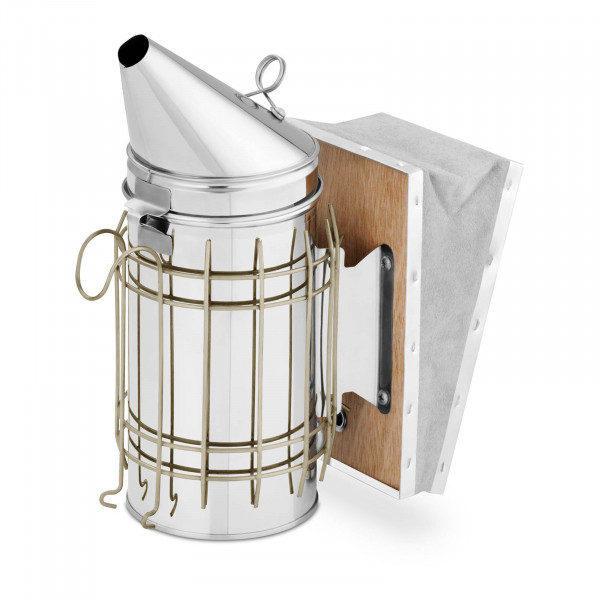
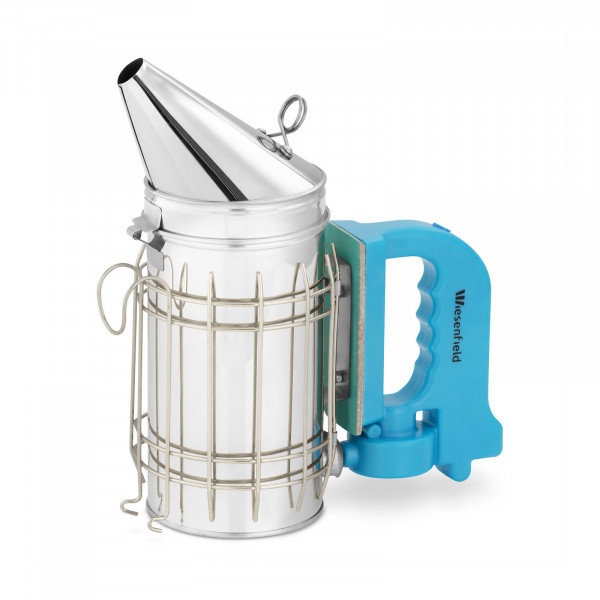
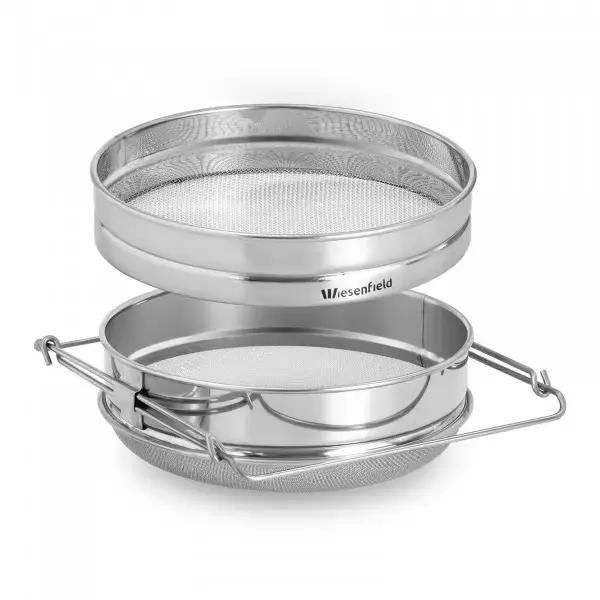


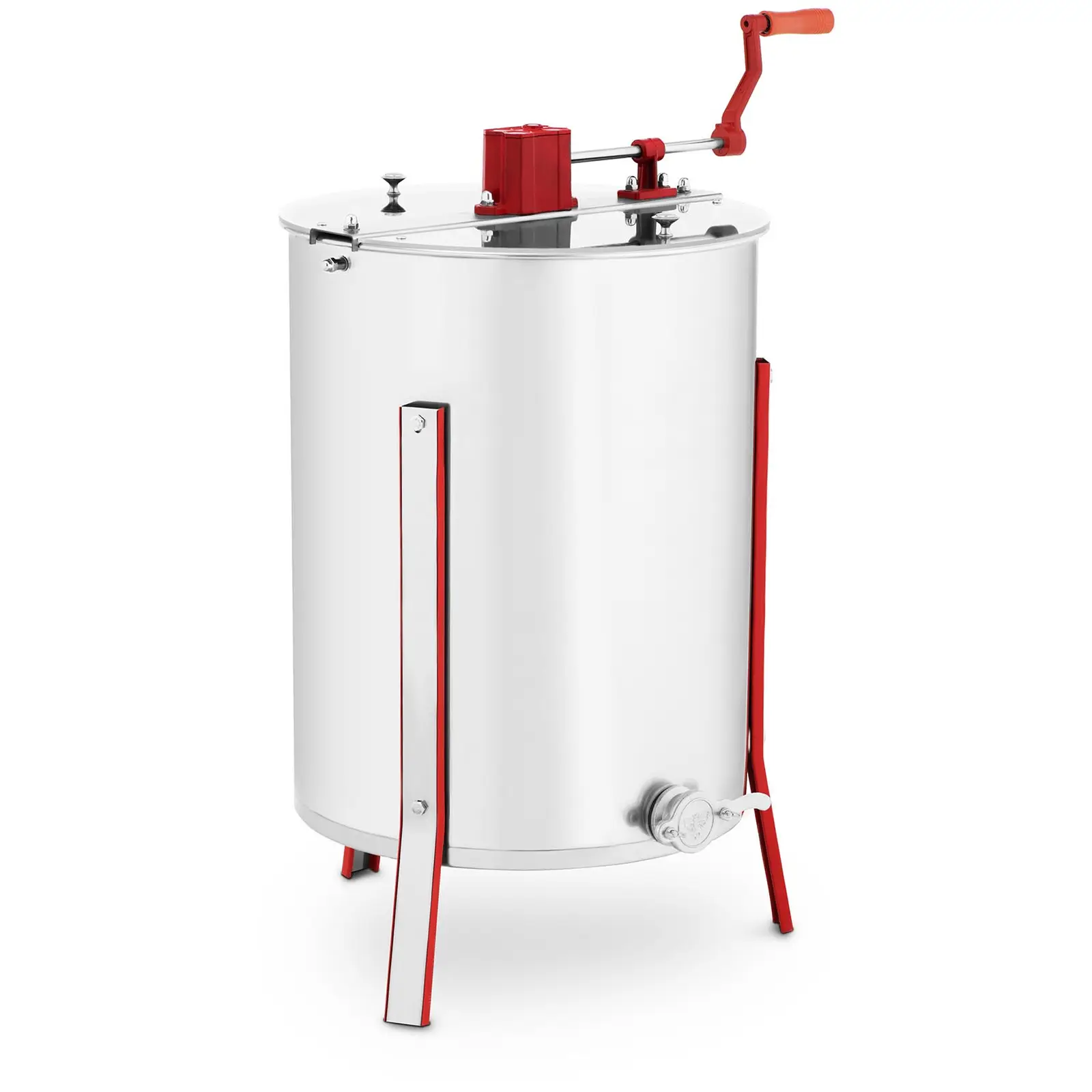

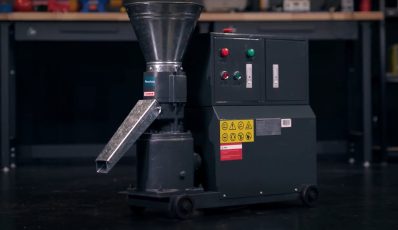




Share